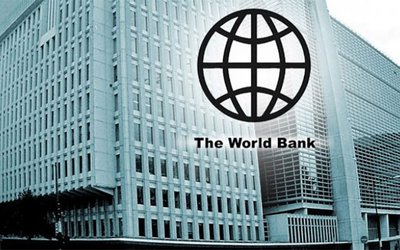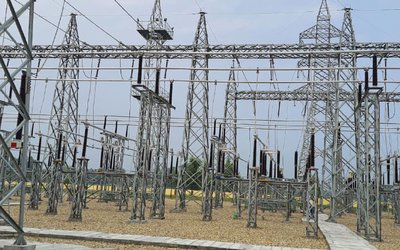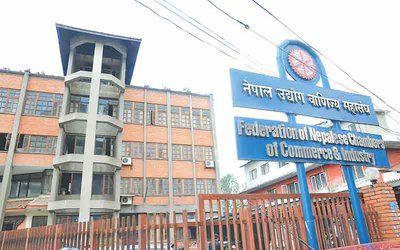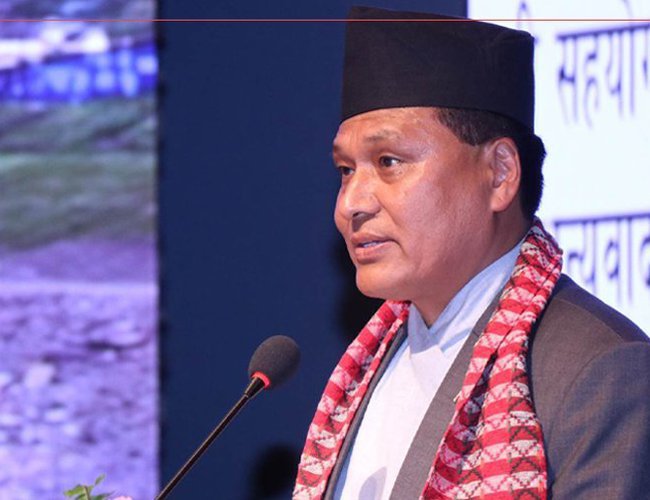
Despite offering free electricity for up to 20 units to one third of its 2.5 million customers, as well as heavy subsidies for electricity used in irrigation, and increasing regular expenditure and reimbursement of interest and loans, NEA, under the leadership of Managing Director Ghising, was able to make a profit of over Rs. 15.36 billion in the first seven months of the current fiscal year.
Additionally, NEA paid over Rs. 10 billion in taxes to the government, excluding royalties from power plants. The government has yet to deliver the promised Rs. 9 billion.
The results may come as a surprise and be unbelievable to some, but given the factors at hand, it is not unnatural to feel surprised. However, NEA's annual balance sheet for the last seven years has shown this.
One of the key factors for the annual increase in profit is the reduction of technical loss from 27 percent to 12 percent. NEA saves over 450 MW in the lean season and over 150 MW in the dry season by reducing 15 percent of leakages.
NEA was able to reduce the cost of imports from India by tactfully managing the import process during off-peak hours and reserving NEA's power stations for this purpose. Off-peak prices are almost half as expensive as peak prices.
Under the leadership of Managing Director Ghising, NEA has demonstrated how controlling all loopholes of leakage and limiting unnecessary expenditures can lead to profitability. In the last six months, NEA made a profit of 15.36 billion rupees through its annual transactions.
During the first half of the current fiscal year 2080/81, Nepal Electricity Authority (NEA) earned a profit of 15.36 billion rupees. NEA's financial statement for this period shows that it earned a total of 67.28 billion rupees from the sale of electricity, interest, and other sources of income. It spent a total of 51.92 billion rupees on electricity purchases, administrative projects, and other expenses.
The NEA's primary sources of income and expenses are electricity sales and projects, respectively. During the review period, the NEA earned a profit of Rs 15.36 billion (before deductions). This is an increase of 4.44 billion rupees compared to the same period in the previous year when the profit was 10.91 billion 6 million rupees.
During the review period, the Authority earned a profit of Rs 15.36 billion (before deductions). This is an increase of 4.44 billion rupees compared to the same period in the previous year when the profit was 10.91 billion 6 million rupees. It is important to note that the NEA's profit is subject to change based on various factors. Last year's profit was 12.33 billion rupees. The NEA had an annual loss of 8.89 billion in 2072/73 but has been profitable since then.
Kulman Ghising, the managing director of the NEA, attributes the increase in profits during the first six months of this year to controlling electricity leakage, increasing income, reducing expenses, exporting more electricity to India, and increasing internal consumption.
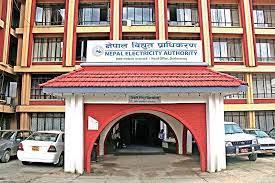
The NEA faces budget limitations and cannot obtain sufficient funds for investment from the government. "Therefore, the organization invests billions of rupees annually in infrastructure expansion, strengthening, and electrification projects using profits earned," stated MD Ghising.
To achieve self-sufficiency in electricity and provide reliable service to consumers, an investment of over 10-12 trillion rupees is needed for production, transmission, and distribution projects.
The NEA collected 45.49 billion rupees from electricity sales in the first six months of this year, but this is not enough to cover the necessary costs. Nepal purchased electricity worth 30.48 billion rupees from energy producers within the country and imported from India during this period.
During the first six months of this year, the Nepal Electricity Authority exported electricity worth 13.385 billion rupees to India. In the same period, Nepal imported electricity worth Rs. 1.98 billion. The authority exports electricity to India after consumption within the country during the rainy season.
NEA sells electricity to the Indian company NVVN through competition in the day-ahead market on IEX. NVVN sells electricity in the state of Haryana.
In the review period, 1,47,6,400,000 units of electricity were exported. The flow of water in the rivers has decreased due to the dry season, causing a decline in electricity production from hydroelectric projects. As a result, electricity is now being imported from India to meet domestic demand.
Nepal imported 225 million units of electricity during the review period. Once the rainy season begins, Nepal will resume exporting electricity. In the last six months, Nepal exported electricity worth 13 billion to India and imported electricity worth Rs 2 billion.
NEA, like any other institution, aims to increase profit margins. It is praiseworthy and must be acknowledged. NEA's management is commendable for making a profit even by selling electricity for irrigation and drinking water at Rs.2 per unit and providing free electricity of 20 units to 2.5 million.

Keshab Poudel
Poudel is the editor of New Spotlight Magazine.
- FM Dr. Deuba’s India Visit: Mission Aborted
- Mar 26, 2025
- AMBASSADOR MAEDA TORU: Warm Regards
- Mar 24, 2025
- PRO-MONARCHY MOVEMENT: Rising Dissatisfaction
- Mar 23, 2025
- Dr. PRABIN MANANDHAR: Person With Humility
- Mar 16, 2025
- US SUSPESION OF GRANT: Impact On Nepal
- Mar 10, 2025


